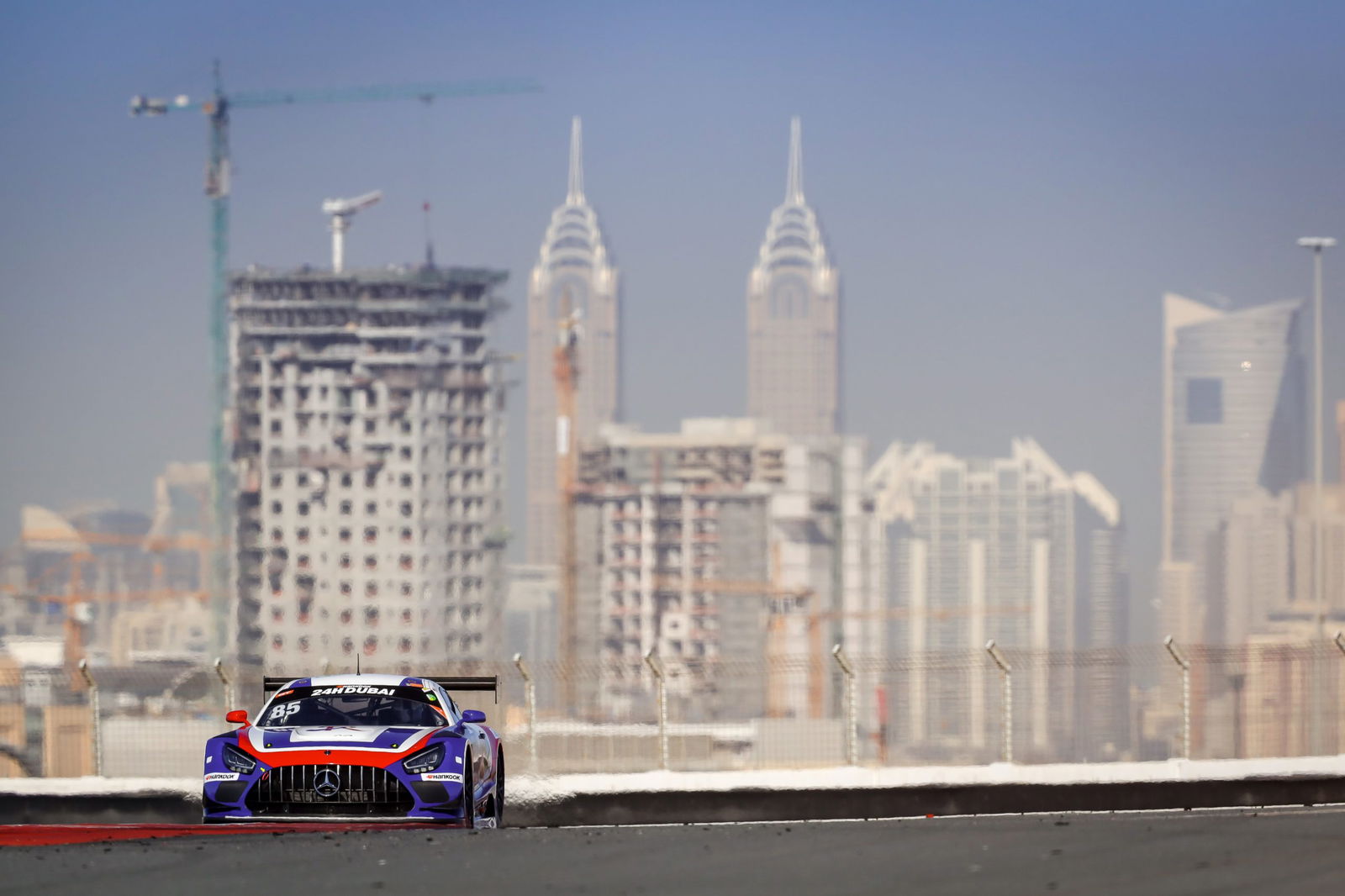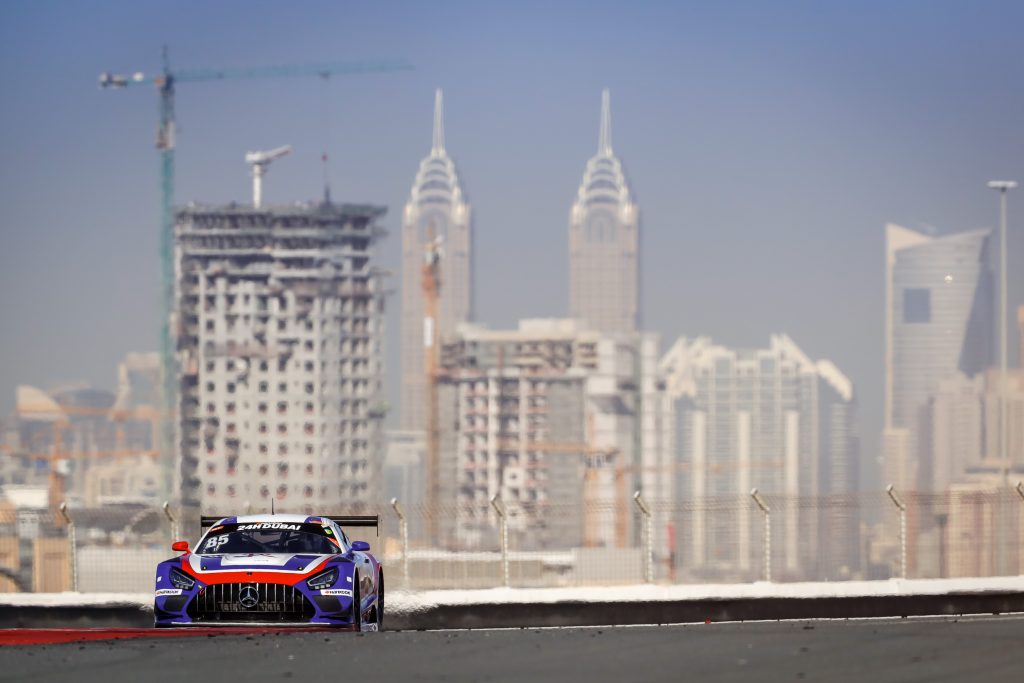

It was only 20 years ago that circuit-based motor racing really came onto the radar in the Middle East. And yet, today, the region – Abu Dhabi and Dubai in particular – has become a bedrock of motorsports in the Northern Winter.
In many ways, that part of the world has replaced the off-season series that used to feature in Australasia (on two and four wheels) at this time of year. It wasn’t only here either. Wintertime escapees raced in big-money races in South Africa and South America as well, including F1 Championship events.
Today, we have the New Zealand Formula Regional Oceania Championship (TRS) and the Bathurst 12 Hour as the only notable drawcards for northern hemisphere racers. They’re both admirable and very worthy of support, but it’s a long way from the days of the Tasman Series or the Marlboro International and Swann Series when the superstars of four and two wheels ventured over here to escape the cold and earn a few more dollars.
Meanwhile, the commercial opportunities for summertime races in South Africa and South America have long since faded.
In the place of all the southern hemisphere action, the tracks of the Arabian Gulf have risen out of the desert over the last two decades to become the favoured off-season motor racing playgrounds, on four wheels at least, for those seeking both commercial and amateur opportunities to race.
Today, the Yas Marina (Abu Dhabi) and Dubai Autodrome circuits in particular, are flat-out all through December and January, when much of the rest of the circuit-based motorsports world is hibernating.
Whilst still in the northern hemisphere, and therefore in winter, the Gulf states such as Abu Dhabi and Dubai enjoy near perfect climates at this time of year with daytime temperatures in the mid-20s and little humidity, in stark contrast to the summer months.
Add in the fact that the UAE is a highly credentialed holiday destination where the whole family can find a range of activities, and it’s easy to see why drivers and teams from all over the world flock there to race.
There are also circuits and endurance events in Kuwait and Bahrain as well with relatively easy logistical options to move cars and equipment around through the Gulf during this period.
This year, only the events in the Red Sea have limited grids from setting new records at the myriad of endurance races taking place.
On the back of the regional success for GT racing at this time of year, teams from around the globe have been able to earn well and to give opportunities to staff who would otherwise be idle over the off season. Of course, some folk may choose to take time off, but many want to continue earning through this time of year and, in some cases, take families on holiday there.

There’s also Porsche Cup racing as well as regional single-seater series happening. Short and sharp, these Formula Regional and Formula 4 categories are cost-effective and well-supported.
The reality is that the geographical positioning of the Middle East gives it a head start over this part of the world in attracting drivers and teams to compete in the northern winter. It’s something that we simply can’t compete with.
The circuits and promoters around The Gulf have also understood that they are not organising spectator-focused events. This is all competitor-led, and -financed, racing.
Yes, for sure some of the teams and drivers have sponsors, but they’ve been brought to the party by drivers. If spectators turn up to watch, and some do, particularly in Dubai, then that’s just a bonus, but it’s not part of the financial modelling.
And that’s where the RACE guys don’t appear to understand the Middle Eastern market when they float ideas of taking Supercars over there. To make Supercars work in any location, let alone overseas, ultimately it has to generate a paying crowd. That’s the only route to a sustainable event. And that’s what went wrong each time Supercars went outside Australasia in the past, whether that was in the Middle East, China or the USA. Let’s be frank, nobody turned up.
What difference would Supercars make to an F1 race over there? There’s no way that they’ll add enough paying spectators to fund the costs. There might be a “one off” vanity, or sportswashing, event but that’s not sustainable.
My point is that F1, and MotoGP in Qatar, provide the big-ticket, government- and spectator-funded (no different to the Australian GP) motor racing in that part of the world. The rest of the racing activities over there are totally driven and financed by competitor demand.
There’s nothing wrong with that model at all, but it’s not one that creates opportunity for Supercars to parachute into.
We’re fortunate here to have, in Supercars, a national motorsports category that’s strong enough to justify its position as category that’s ultimately funded by fans, viewers, and spectators. Clearly, the sponsors and the broadcasters won’t play here unless there are the fans to justify it.
That’s a very different proposition to many other countries. Even places like France and Italy, with much bigger populations than here, no longer have fan-based four-wheeled categories. Everything is competitor-led.
All the more reason to nurture very carefully what we have here, whilst respecting the models that operate elsewhere. If Supercars is allowed to spiral downwards, then we’ll be in the same position as the Middle East, with competitor-financed circuit racing being the only show in town apart from the AGP.




















Discussion about this post